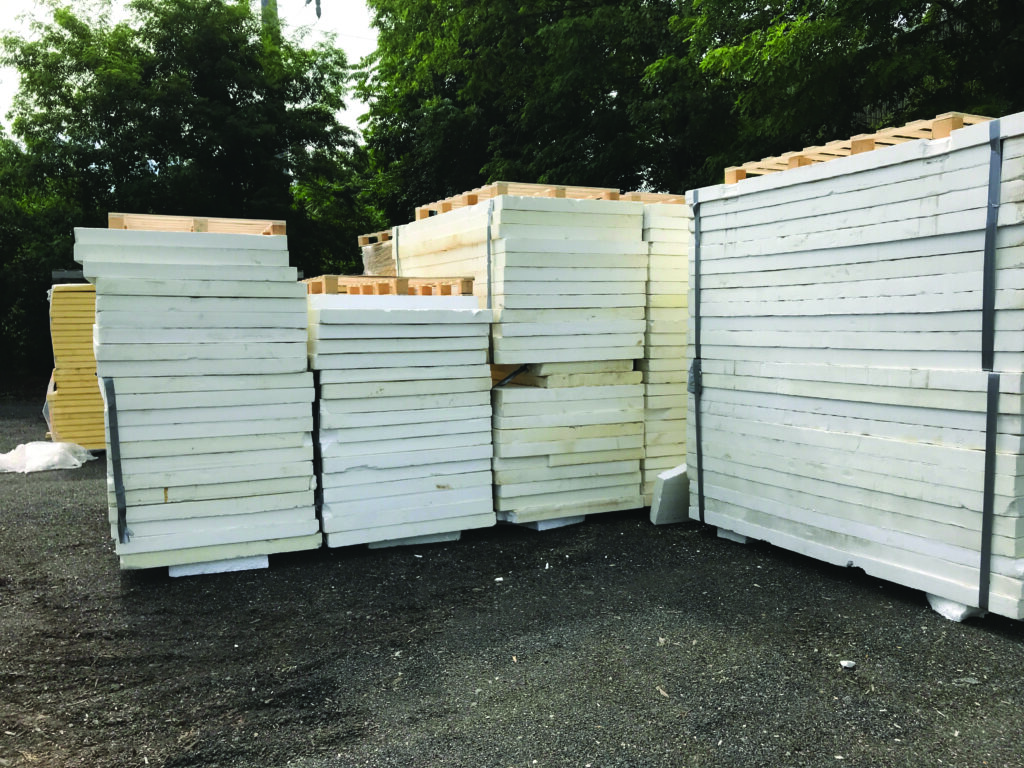
Building Green: How Recycled Foam Panels Align with LEED Certification and Sustainability Goals
In the evolving landscape of construction, sustainability has transitioned from a novel idea to a fundamental project criterion. LEED (Leadership in Energy and Environmental Design) certification spearheads this shift, offering a framework for environmentally responsible building. This article explores the significant yet often overlooked role of recycled foam panels in achieving LEED certification and broader sustainability goals.

Understanding LEED Certification
LEED certification, governed by the U.S. Green Building Council (USGBC), sets the gold standard for sustainable construction practices. It evaluates buildings across several categories, awarding points that lead to one of four certification levels: Certified, Silver, Gold, or Platinum. The Materials and Resources (MR) category is particularly relevant when considering the use of recycled materials, including foam panels according to this source: U.S. Green Building Council – LEED.
The Role of Recycled Foam Panels in Sustainable Building
Recycled foam panels are salvaged insulation materials, typically from the roofs of commercial buildings. Reusing these panels not only diverts waste from landfills but also reduces the demand for new, raw materials, aligning perfectly with the principles of sustainability and resource efficiency.
Alignment with LEED Materials and Resources Credits
Incorporating recycled foam panels can directly contribute to earning LEED MR (Materials and Resources) credits, such as “Building Product Disclosure and Optimization – Material Ingredients” and “Construction and Demolition Waste Management.” These credits recognize efforts to reduce construction waste and promote the use of recycled materials, highlighting the tangible benefits of recycled foam panels in green building projects. For further info consult the LEED Credits Guide.
Benefits Beyond LEED
The advantages of using recycled foam panels extend beyond LEED points. These panels contribute to enhanced energy efficiency, reducing heating and cooling costs over the building’s lifespan. Moreover, by participating in the circular economy, the use of recycled panels supports broader environmental objectives, such as waste reduction and the conservation of natural resources.
Challenges and Considerations
While the benefits are clear, challenges such as sourcing quality recycled materials and ensuring they meet performance standards remain. Builders and designers must navigate these obstacles to fully leverage the potential of recycled foam panels in sustainable construction. One excellent source for reclaimed or surplus foam insulation panels is Green Insulation Group.
Recycled foam panels represent an underutilized resource in the quest for sustainable construction and LEED certification. By embracing these materials, the construction industry can take a significant step towards environmental stewardship and the realization of a greener future.
Further Reading and Resources
For those interested in diving deeper into LEED certification and sustainable building practices, resources such as the LEED Certification Process, the EPA’s Green Building Materials and Resources, and insights on the Circular Economy in Construction provide more information.
By incorporating recycled foam panels and other green building materials into construction projects, builders and designers have a unique opportunity to contribute positively to our planet’s future, one building at a time.
Please consider Green Insulation Group for reclaimed or surplus foam insulation panels. Save money, save energy, save the environment.
